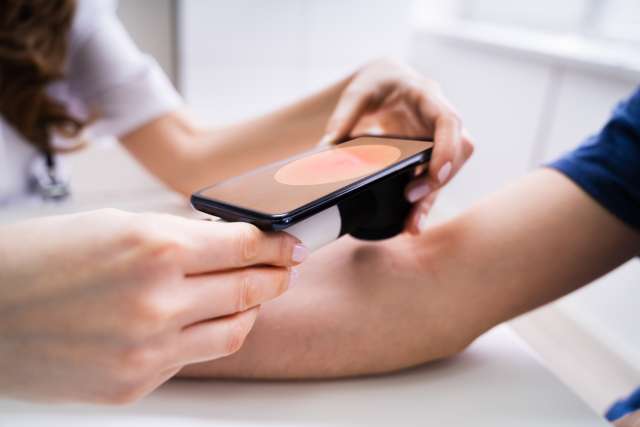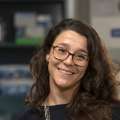Scientists Dr. Cristina Puig-Saus and Dr. Daniel Shin from the UCLA Jonsson Comprehensive Cancer Center have received a $1 million Translational Research Award from the U.S. Department of Defense Melanoma Research Program to help advance the use of chimeric antigen receptor, or CAR, T cell therapy as a treatment for people with acral, mucosal and uveal melanomas.
The three-year, translational award was created to accelerate promising research findings that have the potential to improve patient outcomes and make a major impact on an area of paramount importance in melanoma.
Acral, mucosal and uveal melanomas are rare and deadly subtypes of melanoma that are significantly more common among people of Hispanic, Black and Asian/Pacific Islander origin. Patients diagnosed with one of these subtypes tend to have worse outcomes than patients with cutaneous melanoma, the most common type of melanoma, not only due to limited treatment options, but also because they are often diagnosed at later stages.
“Many of these patients do not respond well to currently available therapies,” said Shin, an assistant professor of hematology/oncology at the David Geffen School of Medicine at UCLA and Veterans Affairs Greater Los Angeles Health Care System. "So, it is exciting to have support for this project that has great potential to develop a new therapy for patients with these aggressive subtypes of melanoma."
Puig-Saus and Shin, whose laboratories study how to make immunotherapies like CAR T cell therapy work better for more people, will be using the funds to establish a panel of acral, mucosal and uveal melanoma models, that to date are very limited, and will perform pre-clinical studies to demonstrate the efficacy and improve the safety of the tyrosinase-related protein-1 (TYRP-1) CAR T cells in these models.
TYRP-1 is highly expressed in 58.3% of acral melanoma, 60% of mucosal melanoma, and 91.7% of uveal melanoma biopsies. CAR T cells have already been developed to target cells with high TYRP-1 expression and the scientists are looking to use their preclinical data to help start a clinical trial for people with these rare subtypes of melanoma.
“We initially developed TYRP-1 CAR T cell therapy for cutaneous melanoma, but are very excited to explore the potential clinical benefit of the therapy in other melanoma subtypes that are rare, but have very poor prognosis,” said Puig-Saus, an assistant adjunct professor of hematology and oncology at the David Geffen School of Medicine at UCLA, who is also a member for the Eli and Edythe Broad Center of Regenerative Medicine and Stem Cell Research at UCLA and a senior fellow of the Parker Institute for Cancer Immunotherapy.
Due to the increasing number of melanoma diagnoses among active duty Service members, the U.S. Congress established the Melanoma Research Program in the Department of Defense to invest in research focusing on the prevention, detection, diagnosis, and treatment of melanoma for the benefit of Service members, Veterans, their families, and the American public.




